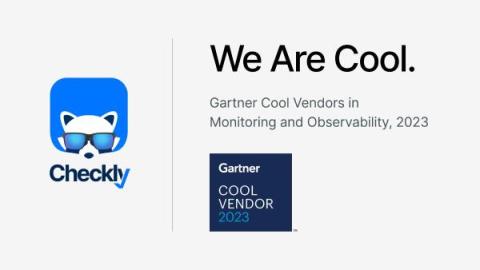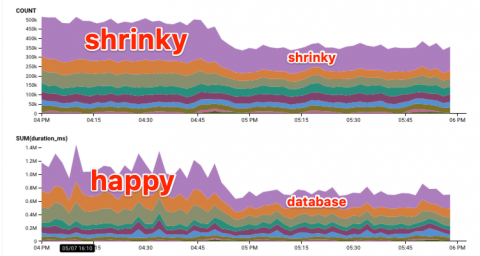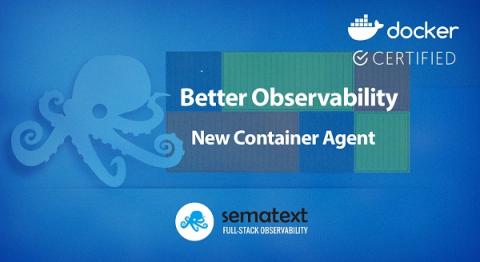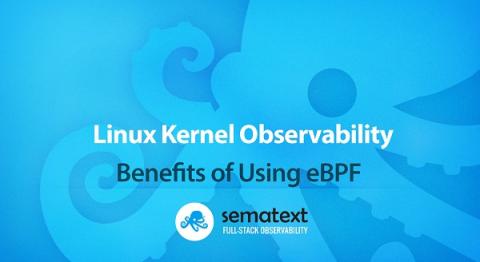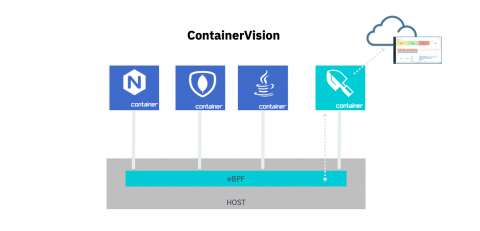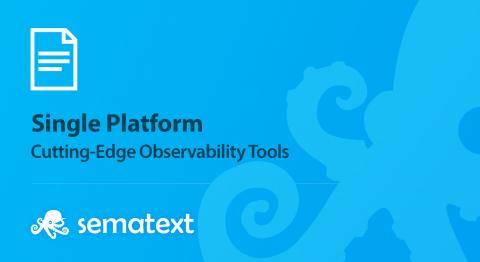A Cool Milestone for Monitoring as Code: Checkly Recognized a THIRD Time by Gartner!
Hello, Checkly community and Monitoring as Code (MaC) aficionados! We have some exhilarating news that we can't wait to share. Our mascot is sporting sunglasses today because Checkly has been named in Gartner®'s 2023 Cool Vendors in Monitoring and Observability: Where Awareness Meets Understanding report!


